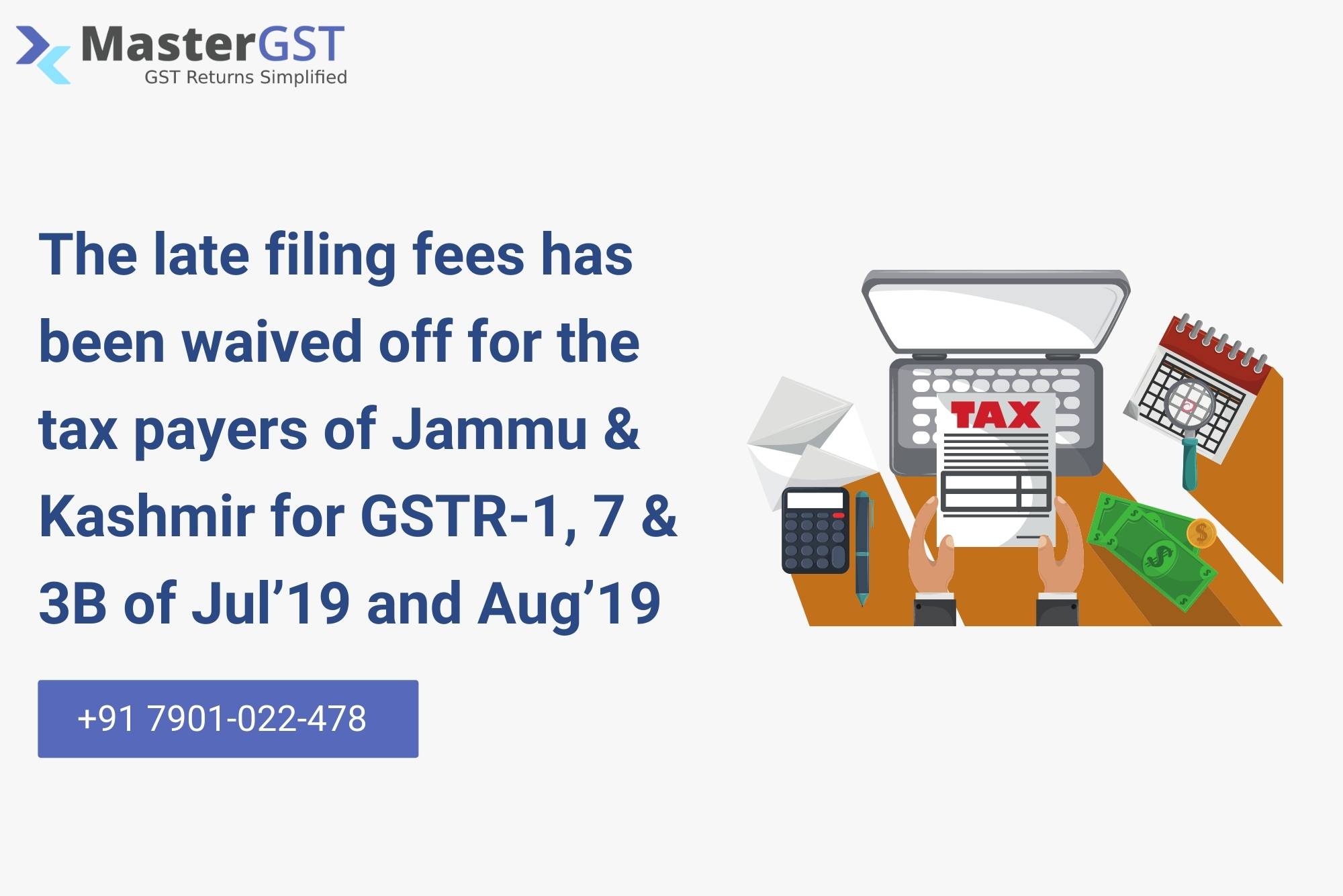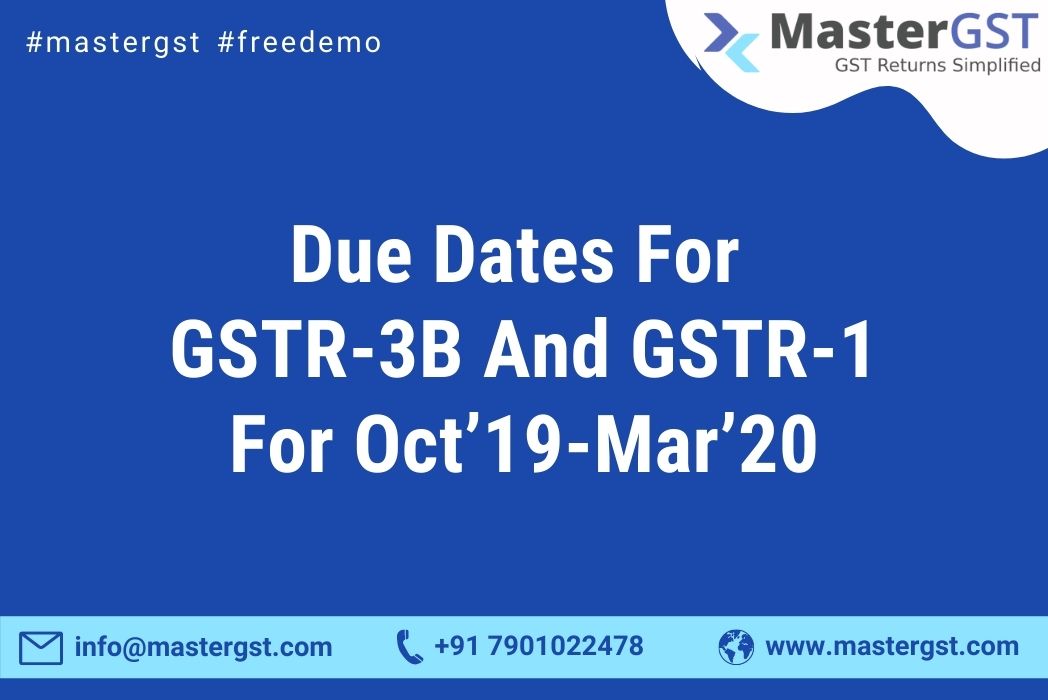
CBDT has given clarifications on set off of brought forward loss due to additional depreciation & MAT credit if companies opt for 22% tax
Domestic Company wants to opt for 22% tax is not eligible to set off of brought forward loss

Domestic Company wants to opt for 22% tax is not eligible to set off of brought forward loss
As per the existing procedure, the proper officer shall finalize the refund claim and issue payment advice; later,
Rule 21A talks about the suspension of the registration. The sub-rule 3 specifies that the supplier should not
The govt. has notified that filing annual returns is optional for the taxpayers with turnover up to 2

Due dates for GSTR-3B, GSTR-1 Notification / Order Return Related to Period Due date 44/2019 GSTR-3B_Monthly All Oct’19-Mar’20
The total ITC claimed should not be more than 120% of the credit available as per Invoices /
We updated all Our API's and software's to make you more Comfortable. Please join here to get Free DEMO.